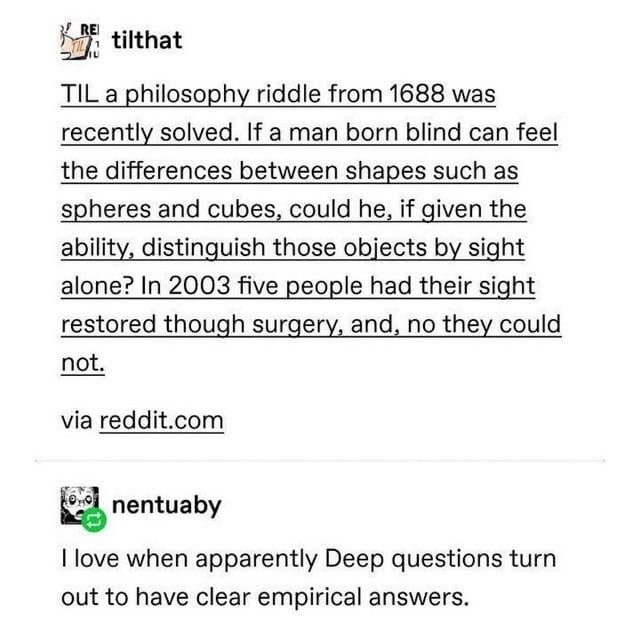Given our current understanding of the human brain, I would've argued that this answer was rather obvious.
Even though the human brain is excellent at abstracting thoughts and performing logical reasoning, it needs time to adjust to a new sensory input, which it wasn't exposed to before. This is what learning is.
It would be good to know how those people approached those shapes. Did they just look at those to "intuitively" decide or did they also think, i.e., reason, about it?
